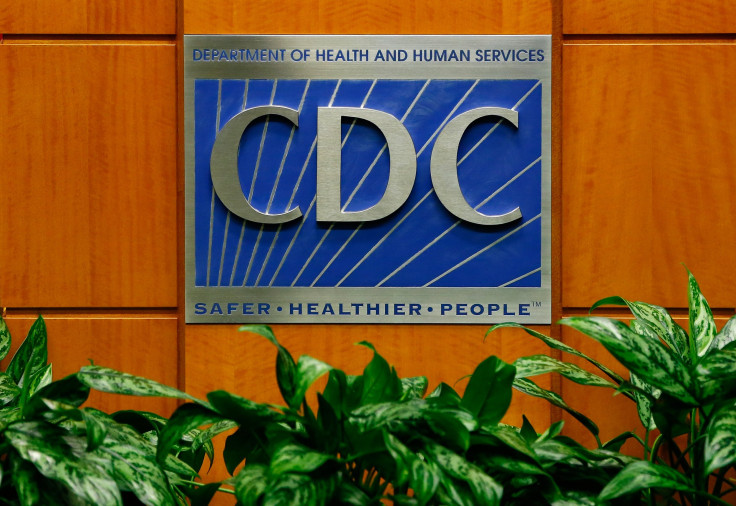Sepsis Declared Medical Emergency By CDC, Fast Action Required For Prevention

Sepsis has been declared a medical emergency by the Centers for Disease Control and Prevention (CDC) in a report Tuesday that showed the preventability of the condition in over 70 percent of the cases through early action.
Sepsis is a possibly life-threatening complication of an infection that can lead to tissue damage, organ failure, and death. The lack of a specific test and no distinct pattern in the emergence of symptoms causes difficulty in diagnosis. People over the age of 65 years, children below one, those with weak immune systems and people suffering from chronic medical conditions like diabetes are most vulnerable to sepsis.
“When sepsis occurs, it should be treated as a medical emergency,” CDC Director Tom Frieden said in a press release. “Doctors and nurses can prevent sepsis and also the devastating effects of sepsis, and patients and families can watch for sepsis and ask, ‘could this be sepsis?’”
Six of the key signs and symptoms of sepsis are shivering, fever, or feeling very cold; extreme pain or discomfort; clammy or sweaty skin; confusion or disorientation; shortness of breath; and a high heart rate.
Between one to three million people in the United States are diagnosed with sepsis every year. The prognosis for the condition is very good if caught early but mortality rises to 25 to 30 percent for severe sepsis and 40 to 70 percent in cases where septic shock occurs. The chances of survival for a person who goes into septic shock fall by 7.6 percent every hour he goes without treatment, an older study found.
“This report is putting a face on sepsis and documenting that it is still a huge problem, and it doesn’t have to be. Far too many people die from sepsis today. Sepsis is an unrecognized killer [and] a medical emergency,” Frieden said.
The report included a study of 325 patients — 246 adults and 79 children — who had been diagnosed with the condition between Oct. 2012 and Sept. 2013 at four hospitals in New York. The analysis showed more than 7 of 10 patients were suffering from chronic conditions that required routine care or had visited healthcare services in the past 30 days. Twenty five percent of the patients died.
Pneumonia, with 35 percent, was the most common illness that led to sepsis while urinary tract infections (25 percent), gastrointestinal infections (11 percent), and skin or soft tissue infections (11 percent) followed. Staphylococcus aureus , Escherichia coli , and certain types of Streptococcus were the most common pathogens identified from blood samples in the study.
“An infection that is getting worse and is not treated can lead to sepsis. We call on healthcare providers to take opportunities to prevent, identify, and rapidly treat patients with sepsis and to educate patients and family members about sepsis,” Frieden added.
The study shows that healthcare providers play a critical role in the diagnosis as well as prevention of sepsis. The CDC is urging them to understand signs and symptoms, order tests to determine the presence of an infection, and begin treating the patient without any delay.
© Copyright IBTimes 2024. All rights reserved.





















